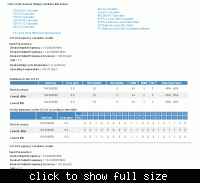Follow along with the video below to see how to install our site as a web app on your home screen.
Note: This feature may not be available in some browsers.
What about them? I should have mentioned that in order to implement an NCO you're going to need to raise that 10MHz frequency with a PLL/DLLwhat about 104 and 10
